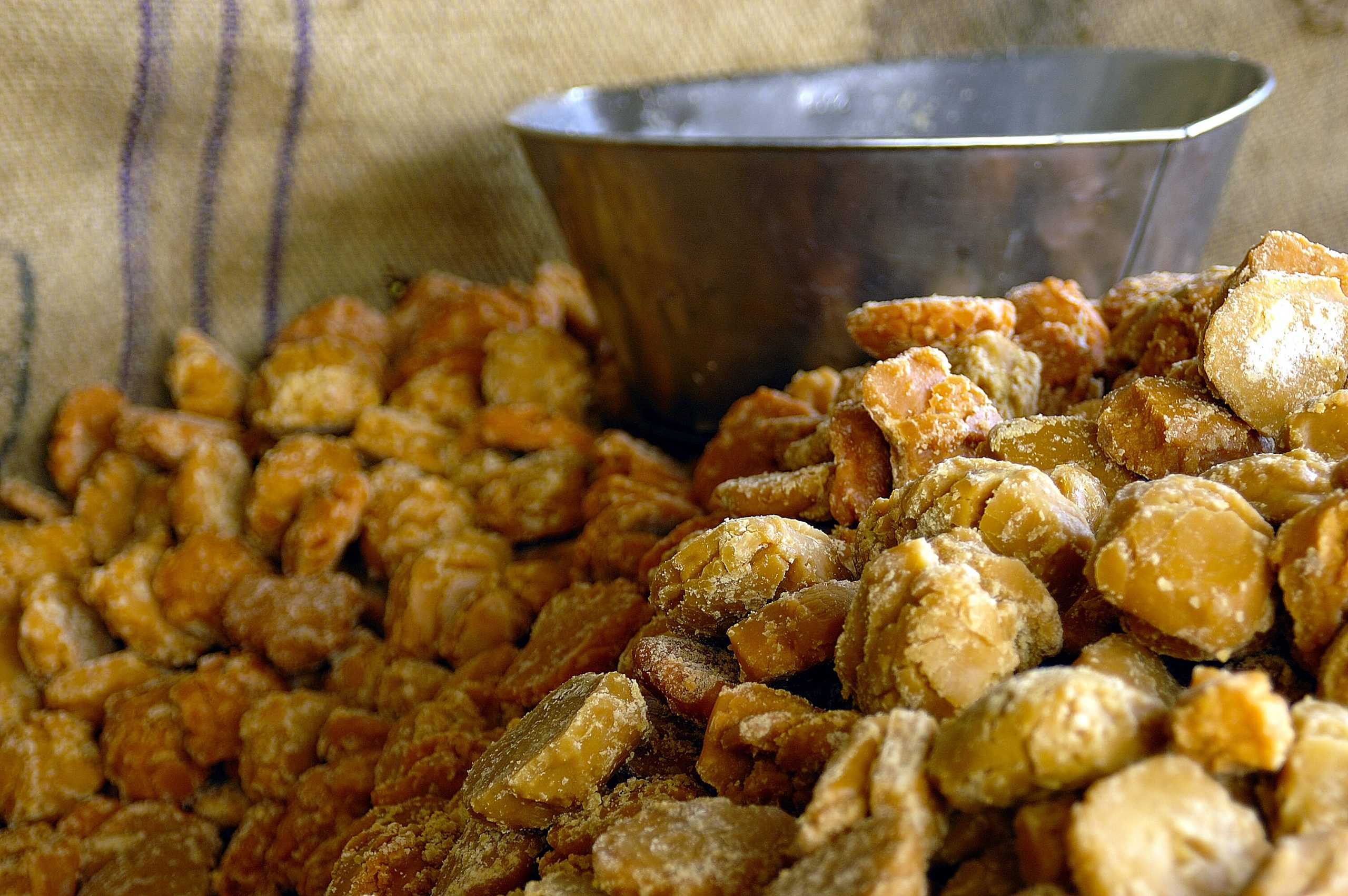
Introduction
Aspartame, one of the most widely used artificial sweeteners, has been a topic of debate and research for decades. Its sweetening power, combined with its zero-calorie appeal, has made it a popular choice for many. However, concerns about its potential link to cancer have led to numerous studies and discussions. In this article, we’ll delve into the association between aspartame and cancer, addressing the risks and the evidence behind the claims.
1. What is Aspartame?
Aspartame is a low-calorie artificial sweetener commonly found in diet sodas, sugar-free gums, and various processed foods. It’s approximately 200 times sweeter than sucrose (table sugar), allowing for its widespread use in low-calorie and sugar-free products.
2. The Controversy Surrounding Aspartame
Over the years, aspartame has been the subject of numerous studies and health debates. Some early animal studies suggested a potential link between aspartame and the development of tumors. These findings ignited concerns and led to further research to determine the sweetener’s safety.
3. Aspartame and Cancer Risk: What Does the Research Say?
- Early Animal Studies: Initial studies on rodents indicated a potential connection between high doses of aspartame and the development of brain tumors. However, the conditions and dosages used in these studies were not directly comparable to typical human consumption.
- Human Studies: Most large-scale studies on humans, including those by the National Cancer Institute, have not found a significant link between aspartame consumption and an increased risk of brain or blood-related cancers like leukemia and lymphoma.
- Reviews by Health Organizations: Bodies like the World Health Organization (WHO) and the U.S. Food and Drug Administration (FDA) have reviewed the available evidence and deemed aspartame safe for consumption within recommended limits.
4. Carcinogenic Concerns: Is Aspartame a Carcinogen?
The term “carcinogen” refers to any substance that promotes the formation of cancer. While aspartame has been labeled as a potential carcinogen due to early animal studies, most subsequent research has not supported this classification.
The International Agency for Research on Cancer (IARC), a part of WHO, has not classified aspartame as a carcinogen based on the current body of evidence.
5. Public Perception and Choices
Given the mixed messages from various studies, the public’s perception of aspartame varies. Some choose to avoid it due to health concerns, while others consider it a safe and effective way to reduce calorie intake.
For those concerned about aspartame, there are numerous natural and artificial sweeteners available in the market, such as stevia, monk fruit, and sucralose.
Frequently Asked Questions (FAQs) about Aspartame and Cancer Risk
1. What exactly is aspartame? Aspartame is a low-calorie artificial sweetener commonly used in diet sodas, sugar-free gums, and various processed foods due to its intense sweetness, which is about 200 times that of regular sugar.
2. Why has aspartame been linked to cancer? The link between aspartame and cancer originated from early animal studies that suggested a potential connection between high doses of aspartame and the development of tumors. However, it’s essential to note that subsequent large-scale human studies have provided mixed results.
3. How have health organizations responded to the aspartame-cancer link? Major health organizations, including the World Health Organization (WHO) and the U.S. Food and Drug Administration (FDA), have reviewed the available evidence and generally deem aspartame safe for consumption within recommended limits.
4. Are there any specific cancers associated with aspartame consumption? Early studies primarily raised concerns about brain tumors. However, later research expanded to explore links with blood-related cancers like leukemia and lymphoma. Most large-scale human studies have not found a significant association.
5. How does the International Agency for Research on Cancer (IARC) classify aspartame? The IARC, a part of WHO, has not classified aspartame as a carcinogen based on the current body of evidence.
6. Are there safer alternatives to aspartame? There are various natural and artificial sweeteners available, such as stevia, monk fruit, and sucralose. The safety of each varies, and it’s crucial to research and consult with healthcare professionals when considering alternatives.
7. How much aspartame is considered safe for daily consumption? The FDA has set the Acceptable Daily Intake (ADI) for aspartame at 50 milligrams per kilogram of body weight. This means an adult weighing 68 kilograms (150 pounds) can safely consume 3,400 milligrams of aspartame daily, equivalent to about 19 cans of diet soda.
8. Has aspartame been linked to any other health concerns besides cancer? Yes, aspartame has also been studied for potential links to headaches, dizziness, and allergic reactions, though results are inconclusive. It’s always recommended to monitor your body’s reactions and consult a doctor if you suspect any adverse effects.
9. Are there any populations that should avoid aspartame altogether? Individuals with phenylketonuria (PKU), a rare genetic disorder, should avoid aspartame. Aspartame breaks down into phenylalanine in the body, which people with PKU cannot metabolize effectively.
10. How can I determine if a product contains aspartame? Always check the ingredients list on product labels. Aspartame is often listed under “sweeteners” or can be explicitly mentioned.
11. Are there any recent studies on aspartame and cancer from 2022 or 2021? Yes, research on aspartame is ongoing. For the latest studies and findings, you can refer to our detailed articles here and here.
12. Is the aspartame in diet sodas different from that in sugar-free gums or other products? No, the chemical composition of aspartame remains the same regardless of the product. However, the quantity and concentration might vary based on the product type.
13. Are there any countries that have banned the use of aspartame? While some countries had temporary bans or restrictions in the past, most have lifted them after reviewing scientific evidence. However, regulations and recommendations can vary by country.
14. How does aspartame compare to other artificial sweeteners in terms of cancer risk? Each artificial sweetener has its own set of studies and associated health concerns. As of now, most major health organizations consider aspartame and other approved artificial sweeteners safe when consumed within recommended limits.
15. Does heating or cooking with aspartame increase its cancer risk? There’s no conclusive evidence to suggest that heating aspartame produces carcinogenic compounds. However, aspartame can break down at high temperatures, which might affect its sweetness.
16. Is the aspartame-cancer link a myth or reality? The link between aspartame and cancer is complex. While early studies raised concerns, the majority of subsequent research, especially in humans, has not found a significant association. It’s essential to stay informed and consider the bulk of evidence.
17. Are children more susceptible to any potential risks of aspartame? Children, like adults, can safely consume aspartame within recommended limits. However, due to their smaller body weight, the quantity that represents a safe intake would be less than for adults.
18. How long has aspartame been in use, and how did concerns about its safety arise? Aspartame has been in use since the 1980s. Concerns about its safety arose primarily from early animal studies, which led to further research and discussions over the years.
19. Are there any natural sweeteners that pose a cancer risk? All sweeteners, natural or artificial, undergo rigorous testing before approval. While some natural sweeteners have been studied for potential health concerns, most are considered safe when consumed in moderation.
20. Where can I find more detailed information on aspartame and its potential health effects? For a comprehensive look at aspartame, its history, studies, and health implications, you can explore our in-depth articles here and here.
Conclusion
The debate surrounding aspartame and its potential link to cancer is complex. While early studies raised concerns, the majority of subsequent research, especially in humans, has not found a significant association between aspartame consumption and increased cancer risk.
As with any dietary choice, it’s essential to stay informed, consider the evidence, and consult with healthcare professionals when making decisions about aspartame consumption.
For more insights on related topics, check out our articles on Aspartame and Cancer Risk and The Safety of Artificial Sweeteners.













